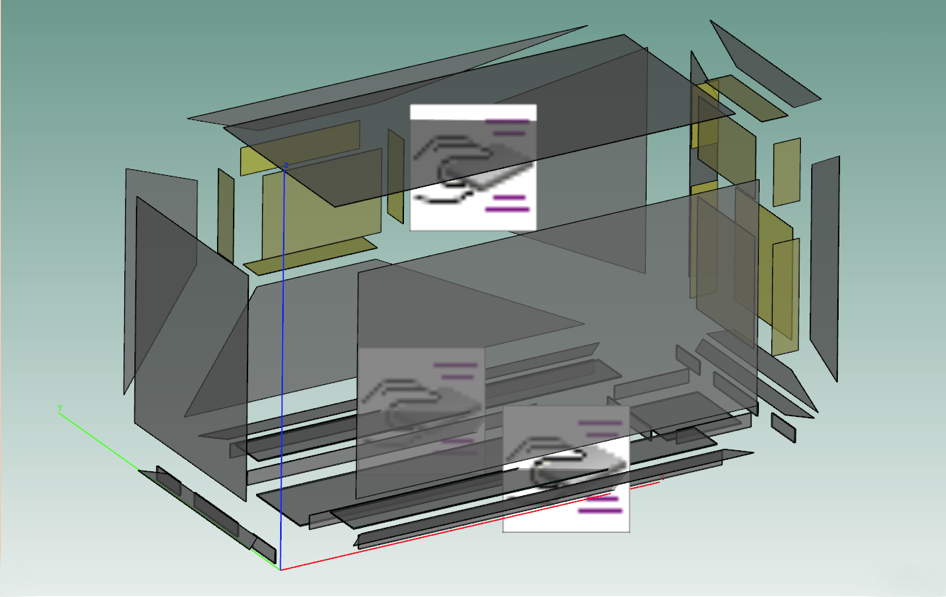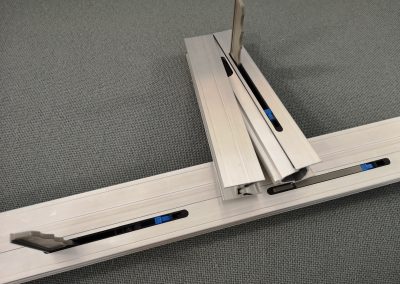enCAPsure sound enclosure
We strive to go beyond the air-borne noise reduction of standard sound enclosures and can incorporate any specific requirement.
Details
Airborne noise reduction
- we strive for a maximum reduction, as no project is the same the reduction therefore will be different
Closure system
- unique patented closure system ensuring a tight fit
Panel thickness
- 22mm standard, aluminium
- 45mm standard, mixed aluminium/steel panels and a metal closing mechanism
Sound absorption materials
- excellent sound absorption characteristics
- increase overall noise reduction
- highest fire resistance testing standards including EN 13501-1 B-s1,d0.
- selections ranging from ultra-light to non-combustible
Machinery access
- Custom, all sides possible; there is no framework.
enCAPsure sound enclosure
Custom design
As no machine or project is the same, we strive to go beyond the air-borne noise reduction of standard sound enclosures and incorporate any specific requirements from our customer. Being weight or size reduction, an ultra-silent enclosure by using the latest technologes or fully non-combustible constructions.
Our engineering does not stop at the enclosure as we know that an inadequate mount selection, rigid connenctions of appendices and dynamically weak supporting foundations can largely destroy the effect of any enclosure, no matter how good.
When required we can use our 3D noise level prediction software to predict air-borne levels and FEA to analyse the generator foundaton on stiffness and natural frequencies.


Sound insulation materials
The enCAPsure is fitted with purposely selected sound absorption materials, offering excellent sound absorption characteristics and increased overall noise reduction whilst meeting the test criteria of some of the highest fire resistance testing standards including EN 13501-1 B-s1, d0.
Not limited to this selection, other sound insulation materials can be offered ranging from ultra-light to non-combustible, all chosen with acoustics, safety and durability in mind.
Unique closure system
One key feature of the enCAPsure is the unique patented closure system which ensures tight fit closure along the perimeter of the panels.
Performance
The 22mm standard enCAPsure panels are tested in our in-house test laboratory in order to fine tune the air-borne noise reduction. When these standard panels do not meet the requirements we can design panels with specific acoustic requirements and conduct test procedures at low cost.
Acoustic scanning hardware enables us to detect leaks, panel resonances and performance dips to focus on.

| Frequency [Hz] | 63 | 125 | 250 | 500 | 1000 | 2000 | 4000 |
| Reduction [dB] | 20.8 | 20.9 | 24.5 | 28.2 | 28.3 | 34.0 | 39.2 |
Our 22mm standard panel tested with 50mm insulation
The overall performance of our enclosure depends on a lot of variables such as weight, size, panel types, ventilation, hatches, cable penetrations etc. It is therefore impossible to give an exact air-borne noise reduction value without at least some of the variables known. Indicative values can be given after an initial informative discussion.
Below one can see a recent example of improvements in air-borne noise levels on board a 25 m aluminium yacht with a 32 kW generator.




